The 18650 rechargeable battery is a crucial component of many solar LED lights. Selecting an appropriate 18650 battery is especially important for the lifetime of your solar lighting system.
The term 18650 refers to the battery’s design specifications. “18” signifies that the diameter of the battery is 18 mm, “65” specifies that the length is 65 mm, and “0” signifies that the battery is cylindrical in shape.
Batteries may be categorised based on the following factors:
The following are several key parameters to consider when selecting 18650 rechargeable batteries..
Capacity represents the amount of power a battery can provide under specific discharge conditions. The formula to determine this amount is Q=I x t, measured in coulombs. Battery capacity is typically denoted in Ah (ampere hour) or mAh (milliampere hour). This means that a 1 Ah battery is capable of discharging for 1 hour at a rate of a 1 A when fully charged.
The charge or discharge rate indicates the current at which the battery is being charged or discharged, often measured in multiples of the battery’s nominal capacity. For example, if a battery has a capacity of 1500 mAh, it is stipulated that 1 C=1500 mAh. If discharged at a 2 C rate, the battery is discharging at a current of 3000 mA, while a 0.1 C rate equates to a charge or discharge current of 150 mA.
The open circuit voltage refers to the potential difference between the positive and negative terminals of the battery when no current remains in the circuit. This term is often used to denote the nominal or rated voltage of a lithium battery. The standard nominal voltage for regular lithium batteries is typically 3.7 V, which is also referred to as the voltage platform.
The cut-off voltage is further divided into the charge cut-off voltage and the discharge cut-off voltage. Essentially, these signify the voltage levels at which the battery can no longer be charged or discharged. Persisting to charge or discharge a battery at the cut-off voltage can significantly affect its lifespan. For a lithium-ion battery, the typical charging termination voltage is generally 4.2 V, while the discharging termination voltage is 3.0 V.
Internal resistance refers to the resistance a battery offers to the flow of current during operation. Generally, a battery’s internal resistance consists of ohmic internal resistance and polarization internal resistance. Factors that affect the value of internal resistance include the battery’s material, manufacturing process, and structure.
A battery’s cycle life is an important measure of its lifespan and is defined by a single instance of charging and discharging. To illustrate, according to IEC standards for a cell phone lithium-ion battery, a 0.2 C discharge to 3.0 V is followed by a 1 C charge to 4.2 V. After 500 repeated cycles, the battery’s capacity should remain at least 60% of its initial capacity. Thus, the cycle life of a lithium-ion battery is considered to be 500 cycles.
This refers to the speed at which the battery’s capacity decreases during storage. It is expressed as a percentage decrease in capacity over a specific period of time. The standard self-discharge rate for a lithium battery ranges from 2% to 9% per month.
Internal pressure refers to the air pressure inside the battery. This is caused by the gases produced during the battery’s charging and discharging process.
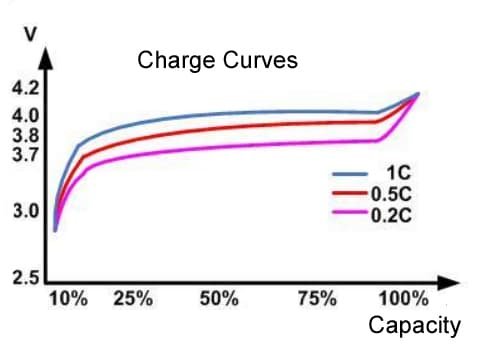
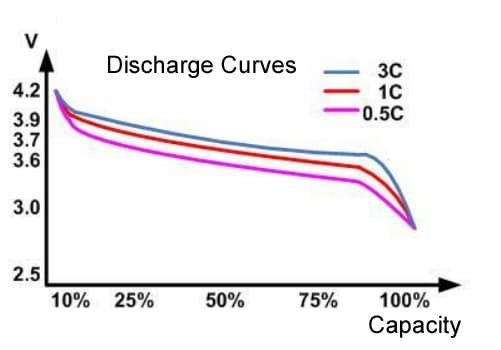
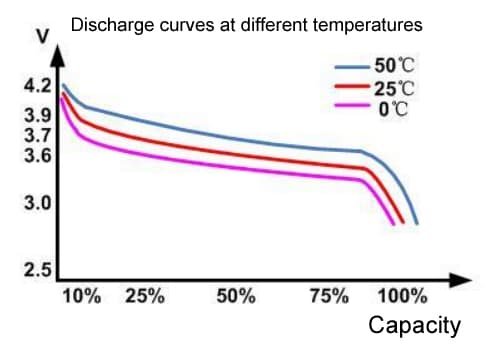
We use safe, rechargeable batteries to ensure the reliable performance of solar lights.
High-quality 18650 rechargeable batteries come equipped with quadruple protection:
In order to prevent the sealed metal case from exploding, 18650 batteries are equipped with a safety valve on top. If the pressure inside the battery becomes too high, the top safety valve will open to vent and depressurize the battery, thus preventing an explosion. This safety valve is a standard feature of every 18650 battery and is the primary safeguard against explosions.
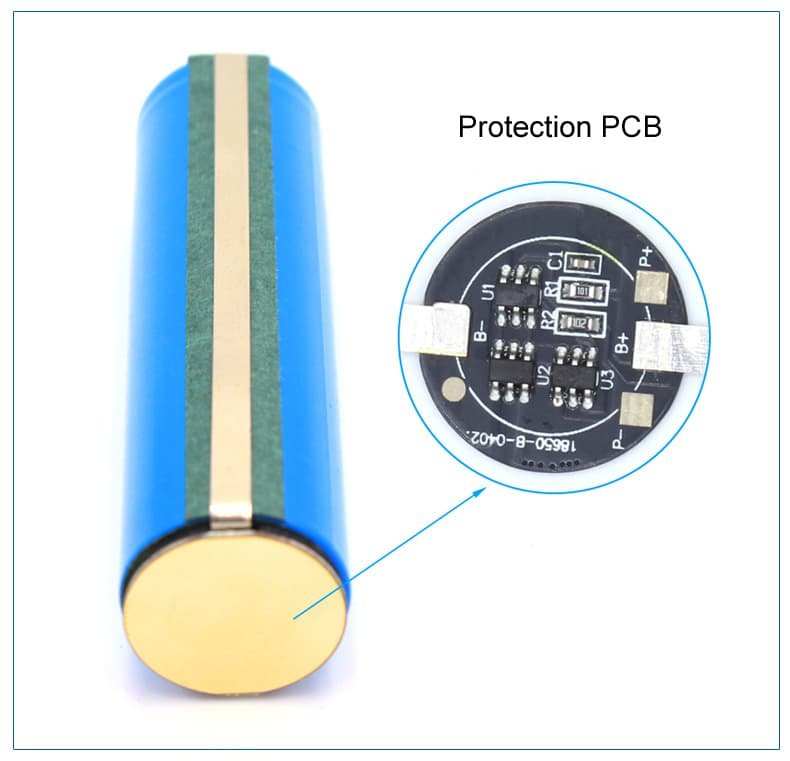
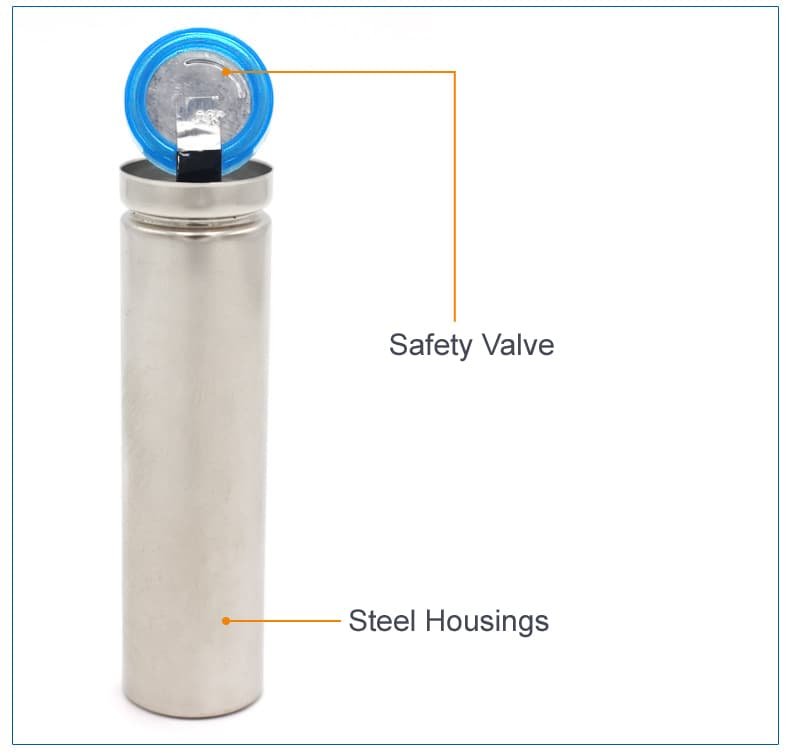
We use high-quality batteries in our solar pillar lights, which are UL/CE/KC/CB/MSDS certified. Every batch of these batteries is sampled and tested for various parameters. We ensure that after 500 cycles of charging and discharging, the storage capacity of the battery is still greater than 80% of its initial capacity.
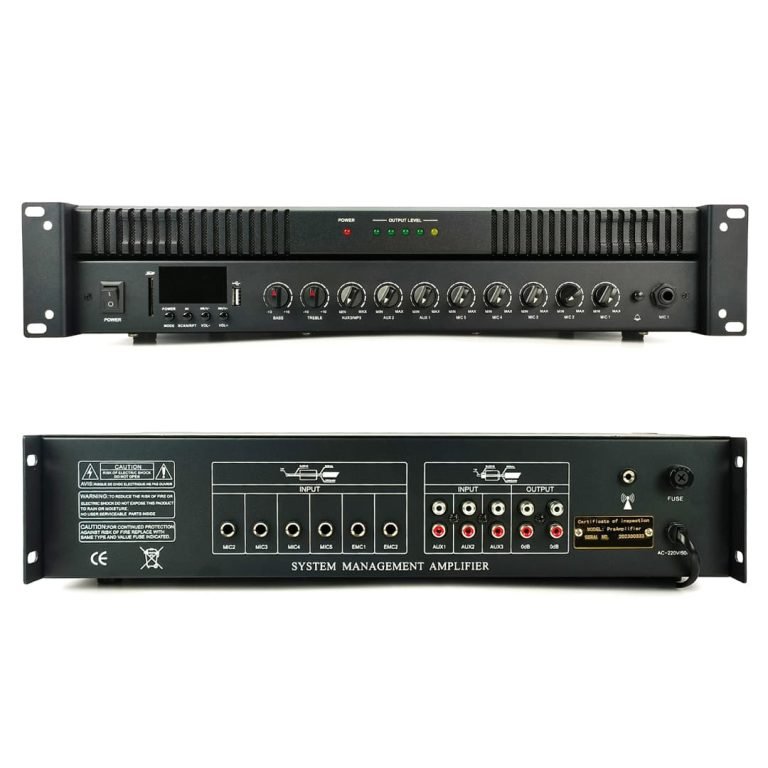
A Basic Guide to Commercial Amplifiers for Purchasers Commercial amplifiers are one of the most critical pieces of equipment in a sound system, from music venues and recording studios to…
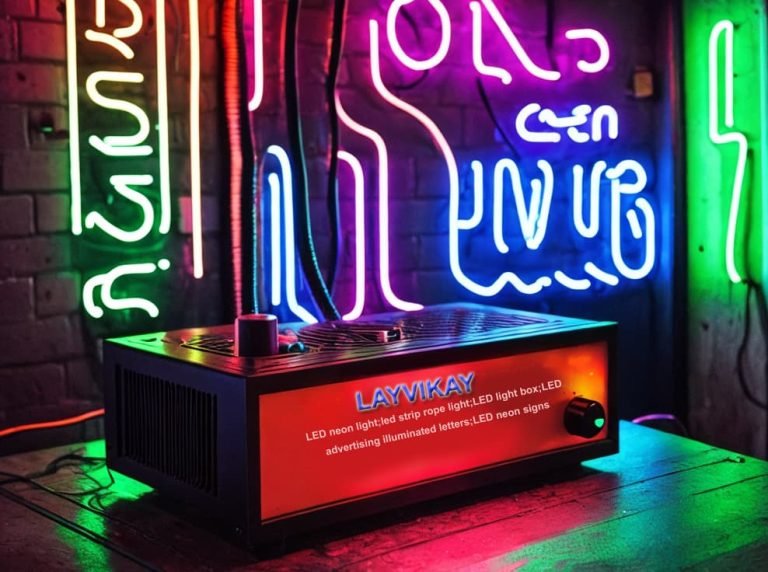
How To Make A Neon Sign With LED Lights Make a neon sign with LED lights is a perfect advertisement lighting solution at contemporary business environment.Review of its history, the…
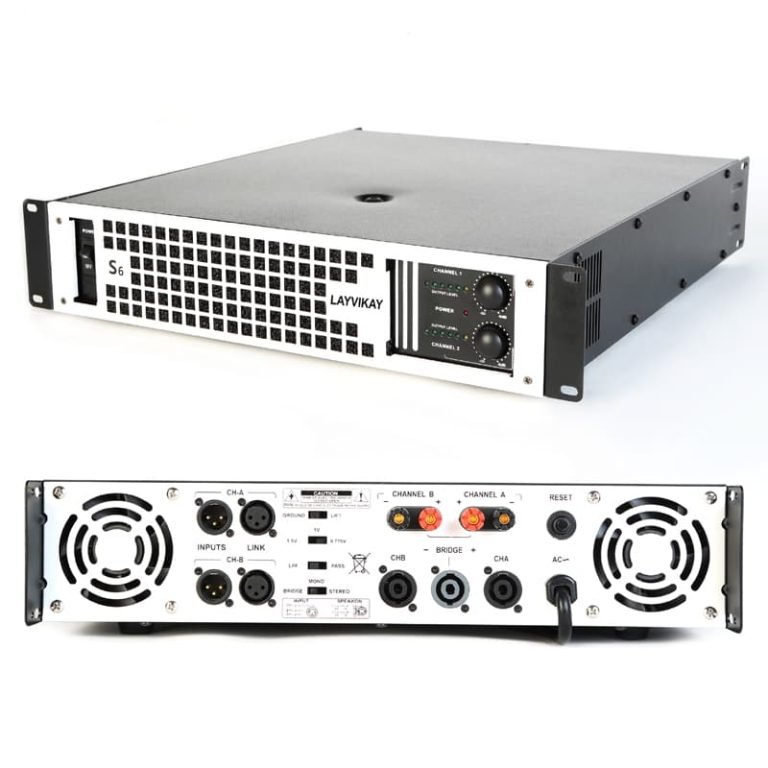
Professional Power Amplifier Purchasing Guide Whether for commercial or home use, professional power amplifier is a kind of audio equipment with high cost performance. LayviKay, as a reliable audio factory…

What Is The Best Column Lights Column lights have become quite popular these days. Businesses and property owners all install them because they offer security and are cost-efficient. A solar…

How To Clean Solar Panels of Your Outdoor Lamps? Solar light panels are an increasingly popular and environmentally friendly form of lighting that harnesses the power of the sun. These…

Why Are My Solar Lights Not Very Bright? Solar lights have become a popular and eco-friendly option for outdoor lighting, offering a convenient and cost-effective way to illuminate pathways, gardens,…